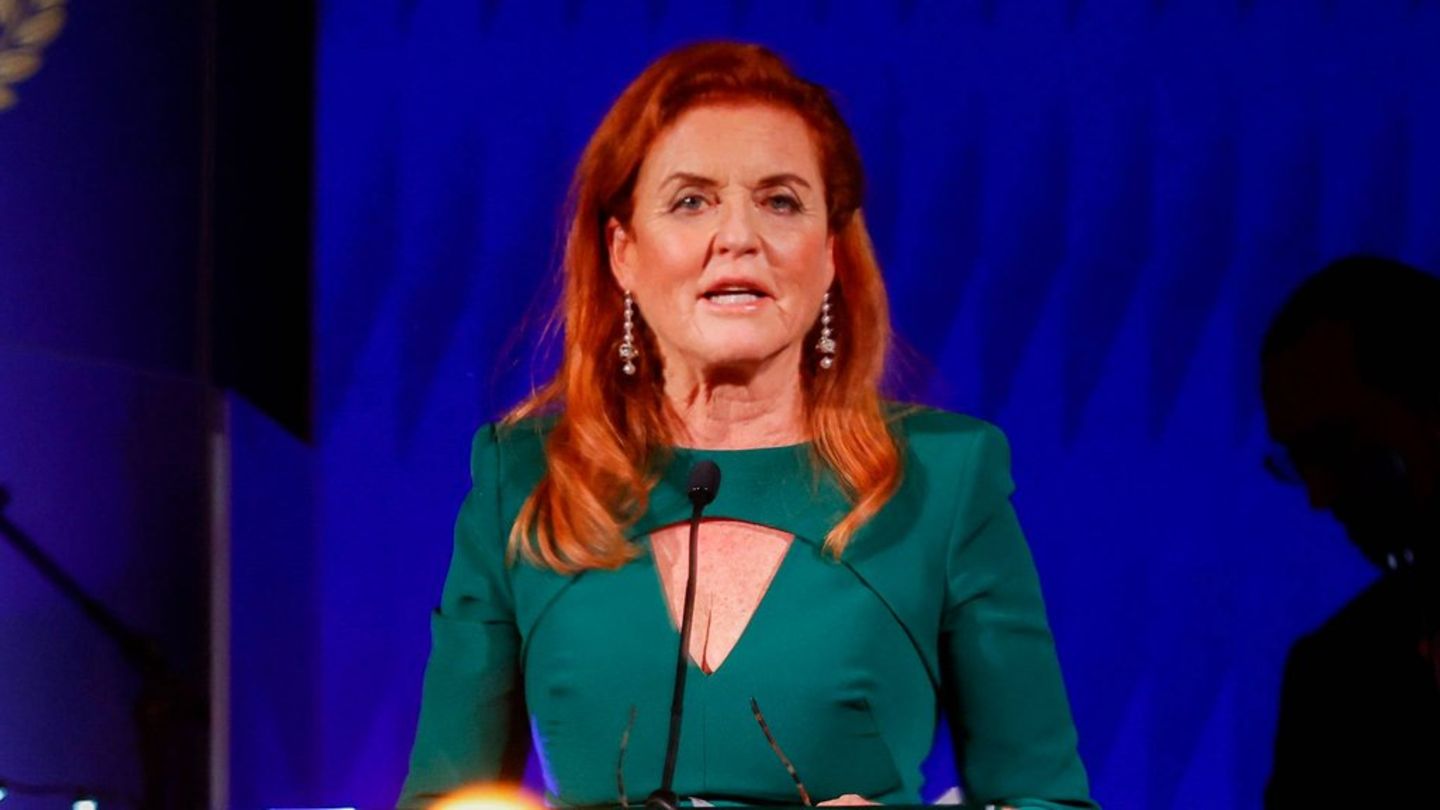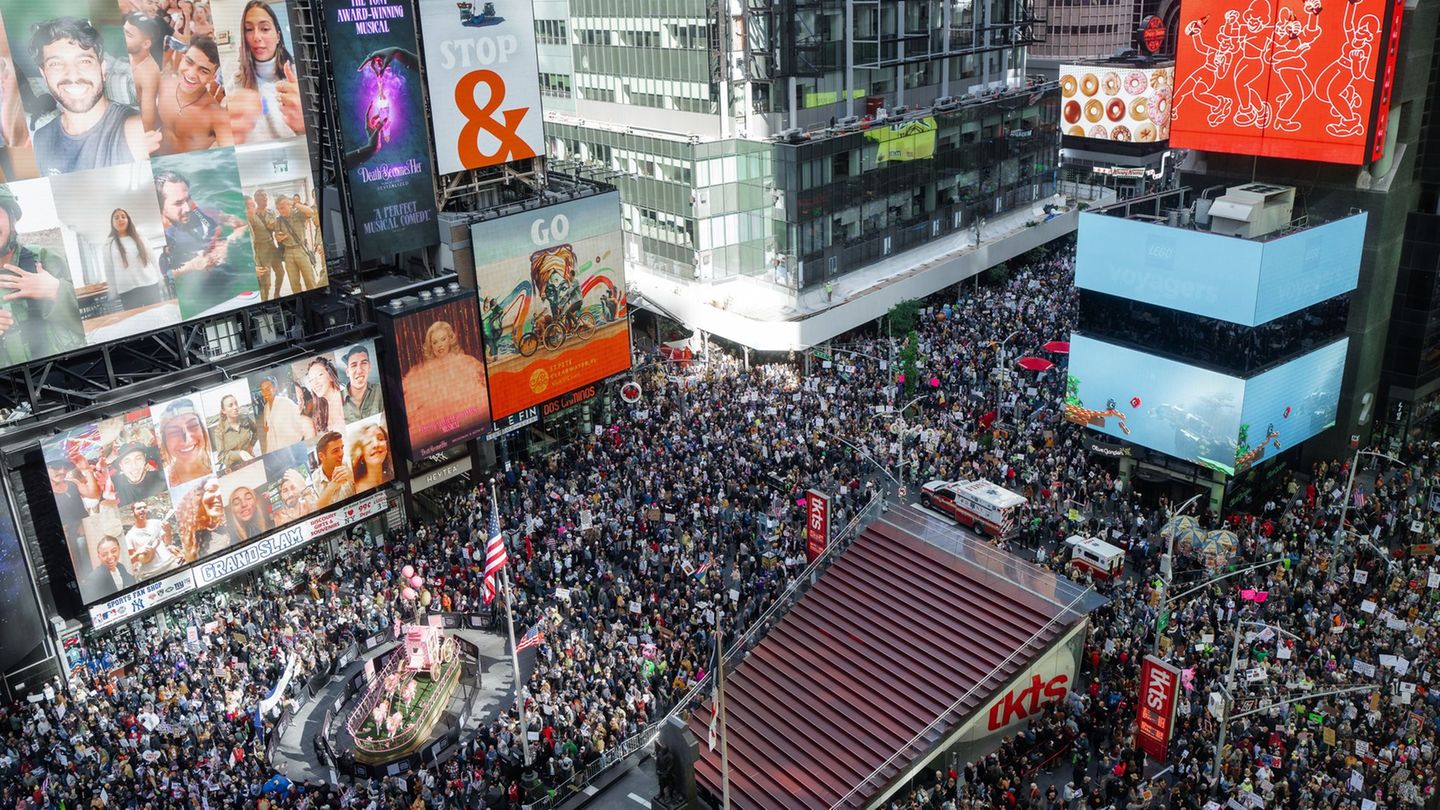The exhibition “León Ferrari. Recurrences”, which will bring together nearly 250 works by the notable Argentine artist, can be visited with free admission from May 17 at the National Museum of Fine Arts, where the photographic exhibition of his father, Augusto, is also exhibited. Ferrari, painter, architect and photographer born in Italy.
The first individual exhibition that the institution dedicates to the Argentine artist is organized together with the Fundación Augusto y León Ferrari Arte y Acervo (FALFAA), curated by Cecilia Rabossi and Andrés Duprat, and will be inaugurated on Tuesday the 16th at 7:00 p.m.
“Recurrences” will include drawings, inks, collages, engravings, objects, blueprints, plans and ceramics from the period 1960-2011, from the Museum’s collection, the Ferrari family collection and the FALFAA.
“This exhibition -says Duprat, director of the Museum- is an institutional recognition of one of the most relevant Argentine artists in history, creator of a solid and singular work, which has been celebrated all over the world”.
Originally scheduled for 2020, on the occasion of the artist’s centenary (1920-2013), but suspended due to the global Covid pandemic, its postponement now makes it coincide with the commemoration of the forty-year anniversary of the return to democracy in Argentina, which For the director of the museum “it is significant, since many of the chosen works build a kind of story of the dark times of the last military dictatorship.” “This exhibition becomes, then, a call to reflect on the construction of a society without violence and authoritarianism, more equitable and supportive,” he highlights.
“León Ferrari. Recurrences” ‒which can be visited, with free admission, until August 13 in the Temporary Exhibition Pavilion‒ is organized into four nuclei. The first, “Abstractions”, focuses on works that the artist called “abstract”, where the line is a central element, either on the surface of the paper or in the three-dimensional pattern.
“Western and Christian Civilization”, the second nucleus, is based on the iconic homonymous work produced in 1965 for the Di Tella Award, when it was censored for religious reasons. This nucleus also includes “Manuscripts”, “Palabras ajenas” (1967), “We did not know” (1976), “Nunca más” and “Mimetismos e infiernos”.
“Hell and other devotional issues”, the third axis, focuses on the study that Ferrari undertook, since the 1980s, of Christian texts and iconography and the last nucleus, “Cities and architectures of madness”, displays plans and housing developments that exhibit illogical and irrational aspects of modern society. These works were produced during the artist’s exile in São Paulo, starting in 1976, when he experimented with new media, such as heliography, stamps, plans, Letraset, video text, mail art, expressions with which he manifested the alienation of these habitable spaces. and exposed the oppression of the terrible years of the Argentine military dictatorship.
In addition, in the room, the documentary “Civilization” (2012), directed by Rubén Guzmán, will be screened continuously, which covers the artist’s ideas and his production through unpublished archive material, exclusive interviews and the audiovisual record of Ferrari while making an original work especially for this film.
As part of the exhibition, the playful sculpture “Berimbau” is also exhibited outdoors, in the gardens behind the Museum building, located at Av. del Libertador 1473, Buenos Aires.
Source: Ambito
I am an author and journalist who has worked in the entertainment industry for over a decade. I currently work as a news editor at a major news website, and my focus is on covering the latest trends in entertainment. I also write occasional pieces for other outlets, and have authored two books about the entertainment industry.




